

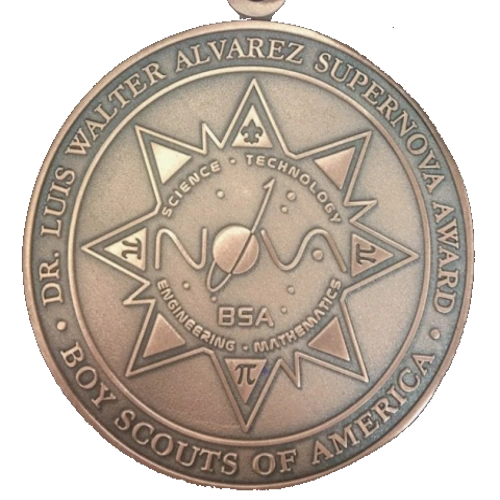
Lorem ipsum dolor sit amet, consectetur adipiscing elit. Ut elit tellus, luctus nec ullamcorper mattis, pulvinar dapibus leo.

Lorem ipsum dolor sit amet, consectetur adipiscing elit. Ut elit tellus, luctus nec ullamcorper mattis, pulvinar dapibus leo.
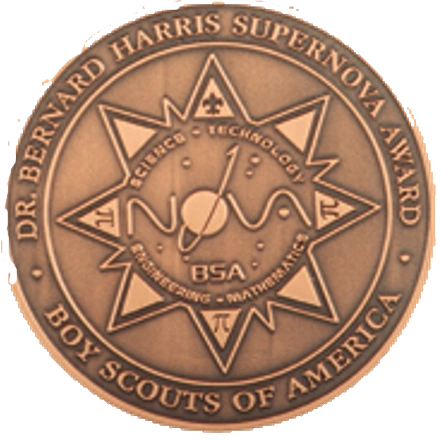
Animal Science | Farm Mechanics | Plant Science |
Archaeology | Fish and Wildlife Management | Programming |
Architecture | Forestry | Public Health |
Astronomy | Game Design | Pulp and Paper |
Automotive Maintenance | Gardening | Radio |
Aviation | Geocaching | Reptile and Amphibian Study |
Bird Study | Geology | Robotics |
Chemistry | Health Care Professions | Scuba Diving |
Composite Materials | Insect Study | Signs, Signals, and Codes |
Dentistry | Inventing | Soil and Water Conservation |
Digital Technology | Mammal Study | Space Exploration |
Drafting | Mining in Society | Surveying |
Electricity | Nature | Sustainability |
Electronics | Nuclear Science | Veterinary Medicine |
Energy | Oceanography | Weather |
Engineering | Orienteering | Welding |
Environmental Science | Pioneering |
A. With your parent’s permission and your mentor’s approval, spend at least one day “shadowing” a local scientist or engineer and report on your experience and what you learned about STEM careers to your mentor.
B. Learn about a career that is heavily involved with STEM. Make a presentation to your mentor about what you learned.
A. Choose a modern scientific subject with at least two competing theories on the subject and learn as much as possible about each theory.
B. Analyze the competing theories, decide which one is most convincing to you, and explain why to your mentor.
C. Make a presentation to your mentor that describes the controversy, the competing theories, and your conclusions about how the scientific method can or cannot contribute to the resolution of the controversy.
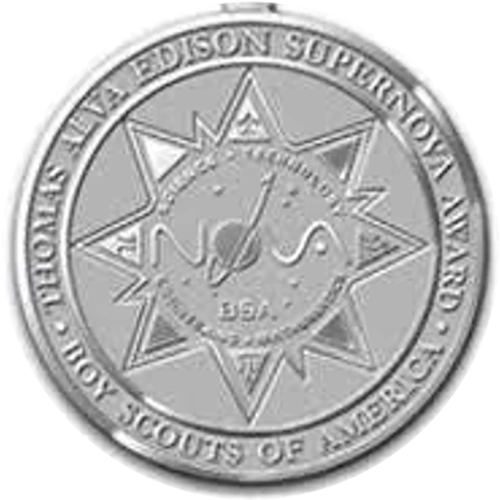
Animal Science | Farm Mechanics | Plant Science |
Archaeology | Fish and Wildlife Management | Programming |
Architecture | Forestry | Public Health |
Astronomy | Game Design | Pulp and Paper |
Automotive Maintenance | Gardening | Radio |
Aviation | Geocaching | Reptile and Amphibian Study |
Bird Study | Geology | Robotics |
Chemistry | Health Care Professions | Scuba Diving |
Composite Materials | Insect Study | Signs, Signals, and Codes |
Dentistry | Inventing | Soil and Water Conservation |
Digital Technology | Mammal Study | Space Exploration |
Drafting | Mining in Society | Surveying |
Electricity | Nature | Sustainability |
Electronics | Nuclear Science | Veterinary Medicine |
Energy | Oceanography | Weather |
Engineering | Orienteering | Welding |
Environmental Science | Pioneering |
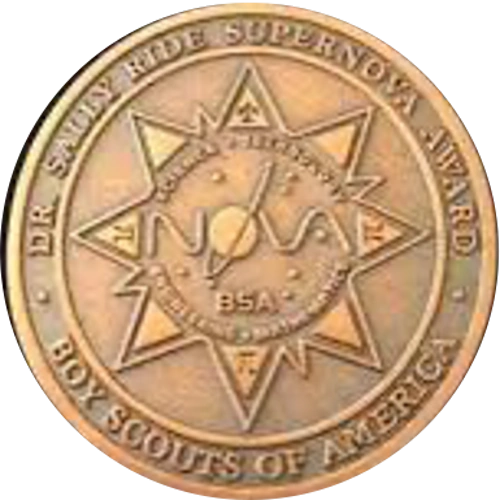
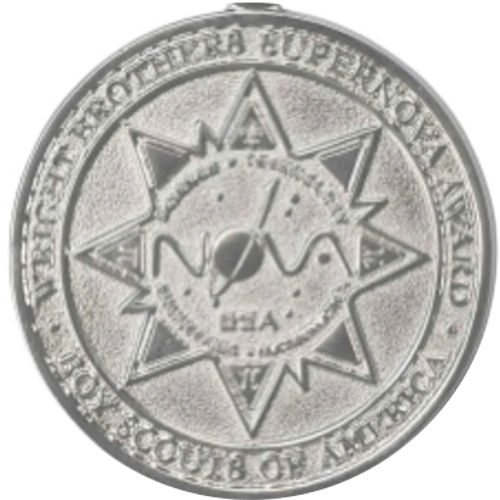
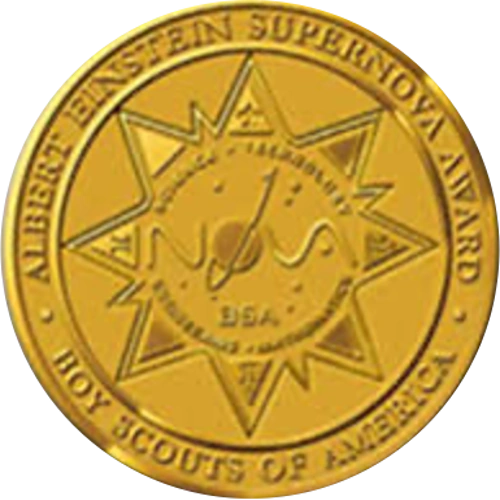
STEM
Order of the Arrow